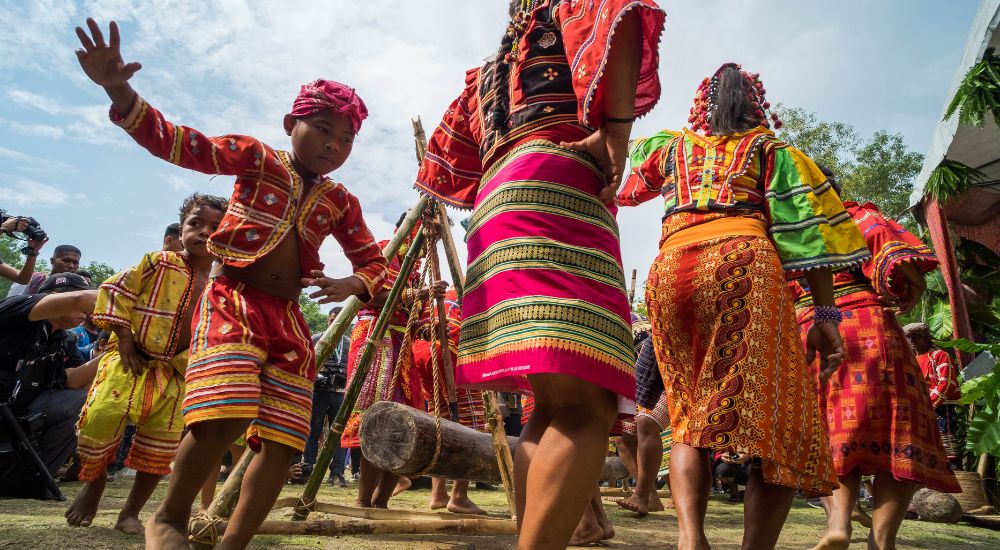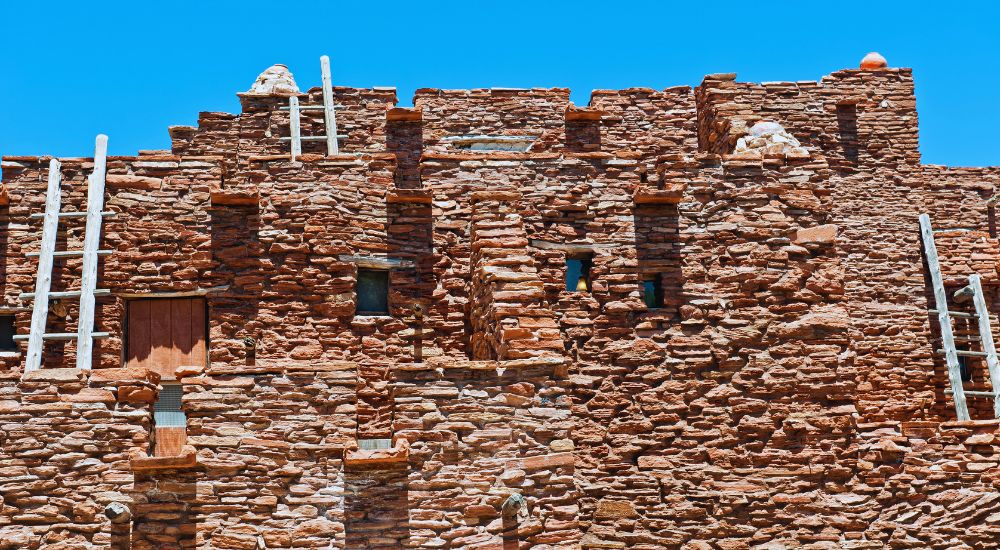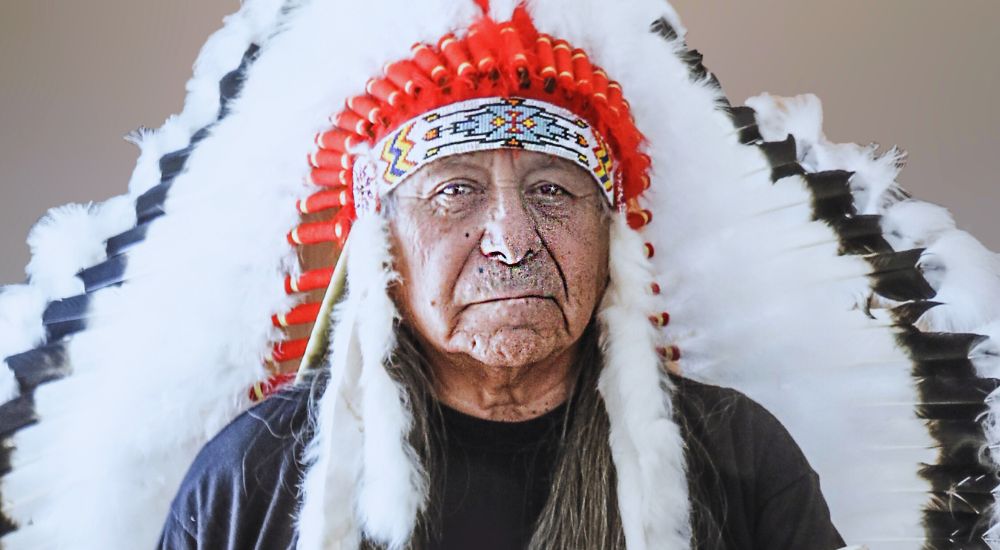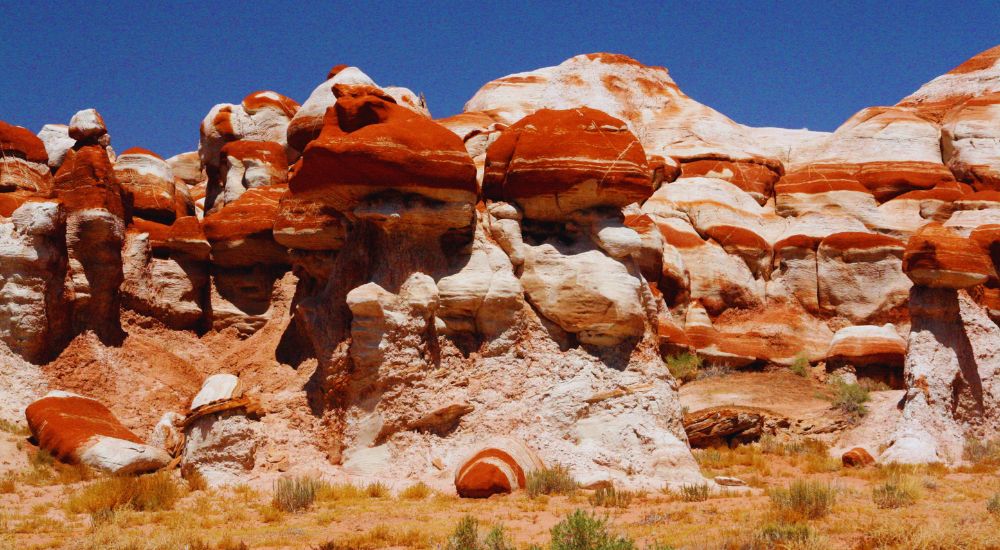Arizona is not only home to breathtaking landscapes but also to some of the most culturally rich Indigenous communities in the United States. Among them, the Hopi Tribe of Arizona stands out for its unique spiritual traditions, deeply rooted history, and ongoing preservation of customs. Situated primarily in northeastern Arizona, on the Hopi Reservation, this tribe offers travelers a remarkable opportunity to learn about Native American heritage firsthand.
Who Are the Hopi?

The Hopi are a Native American tribe who have lived in the Southwest for thousands of years. Known as a peaceful people, the Hopi have maintained their traditional ways of life despite modern influences. Their reservation is surrounded by the larger Navajo Nation but is an independent sovereign nation recognized by the U.S. government.
Highlights of Hopi Culture:
- Kachina dolls: These spiritual figures are both ceremonial and educational.
- Hopi pottery and weaving: Passed down through generations, these crafts hold cultural and spiritual significance.
- Agriculture: The Hopi practice dry farming, cultivating corn, beans, and squash using ancient techniques.
Exploring Hopi Villages

The Hopi Reservation comprises twelve villages across three mesas: First, Second, and Third Mesas. Each village has its own unique customs, ceremonies, and architecture. Some villages, like Walpi, offer guided tours where visitors can explore ancient dwellings and learn about traditional lifestyles directly from tribal members.
Visitors should remember that many Hopi ceremonies and sacred sites are not open to the public. Always check with local guides and respect tribal customs.
Read our guide on Navajo Nation Tribe
Preserving Language and Tradition

The Hopi language is a Uto-Aztecan language spoken by fewer than 6,000 people today. Efforts are underway within the community to keep the language alive, especially among younger generations. Schools on the reservation integrate Hopi language and culture into their curriculums.
Ceremonial dances, songs, and oral storytelling remain central to cultural preservation. The Hopi calendar is filled with ceremonial events that follow agricultural and spiritual cycles.
Learn more about Indigenous language preservation
Visit the Hopi Cultural Center

A central hub for visitors is the Hopi Cultural Center located on Second Mesa. This museum, gallery, and inn provide an accessible introduction to Hopi heritage. Guests can enjoy traditional Hopi meals at the on-site restaurant, browse authentic Hopi art in the gift shop, and view exhibits featuring historical artifacts.
The Cultural Center also serves as a starting point for village tours and guided trips. Booking in advance is recommended, particularly during peak tourist seasons.
Explore travel tips and itineraries for northern Arizona
Responsible Tourism in Hopi Land

Visiting Hopi land requires cultural sensitivity and responsibility. Here are some important travel tips:
- Ask before photographing
- Support local artisans
- Respect traditions and boundaries
Being a respectful visitor helps sustain both the Hopi way of life and your own travel experience.
Planning Your Trip

The Hopi Reservation is about 90 miles northeast of Flagstaff, Arizona. It’s a scenic drive through high desert country, with few commercial amenities along the way, so plan accordingly. There are accommodations available at the Hopi Cultural Center and some local inns.
What to bring:
- Extra water and snacks
- Cash (many areas do not accept cards)
- A map (cell service can be limited)
Nearby attractions include Monument Valley, Canyon de Chelly, and Petrified Forest National Park. Combining your trip with these stops creates a rich and varied cultural and natural experience.
Conclusion
A visit to the Hopi Tribe of Arizona offers more than just sightseeing. It’s a chance to engage with one of the oldest living cultures in North America. Through their art, ceremonies, and teachings, the Hopi continue to share a message of harmony, balance, and respect for the Earth. Whether you’re a cultural enthusiast, a history buff, or a traveler seeking authentic experiences, a journey into Hopi land promises deep insights and lasting memories.

